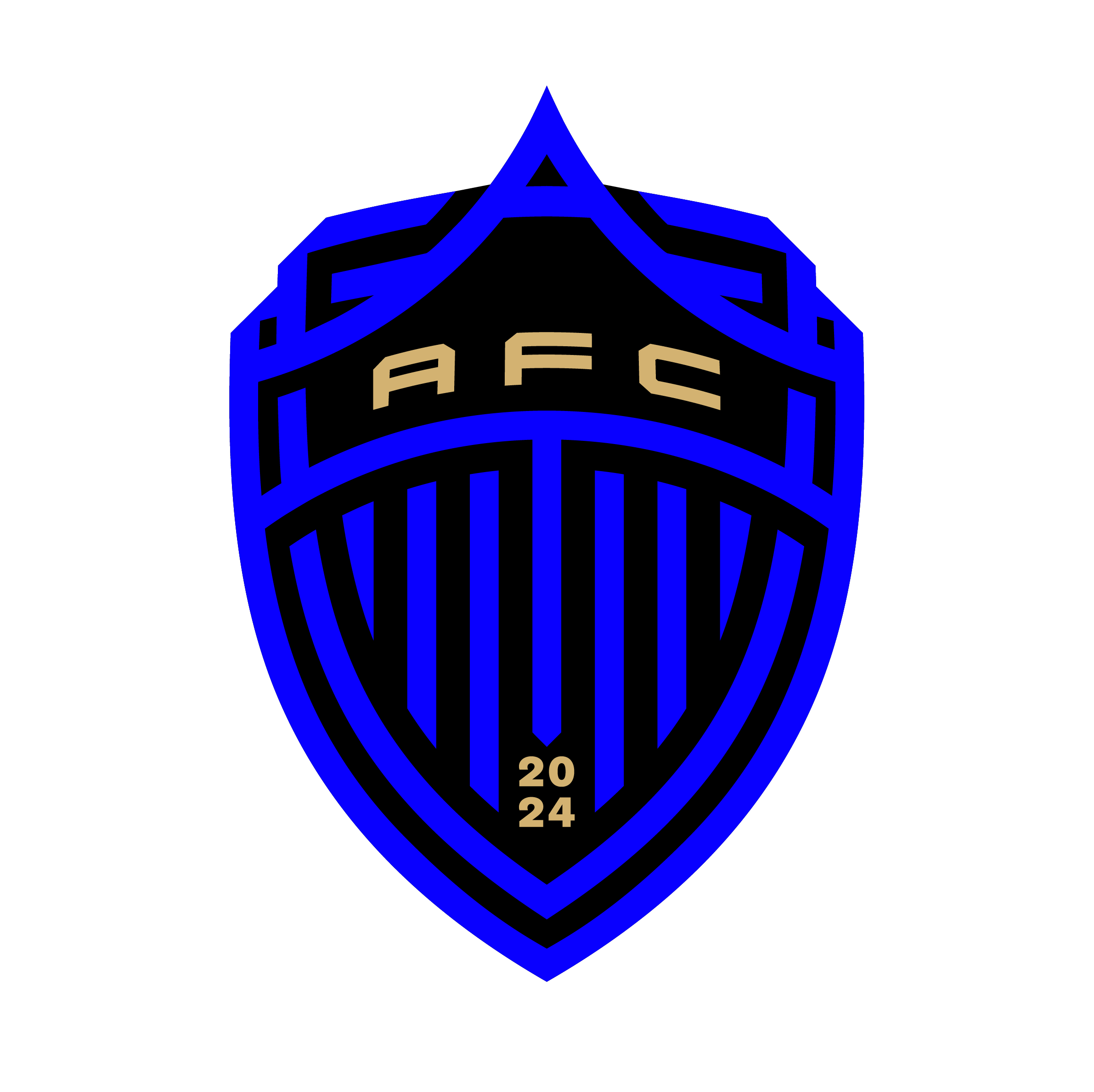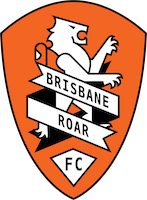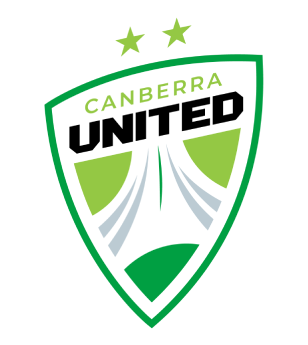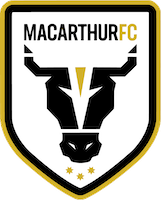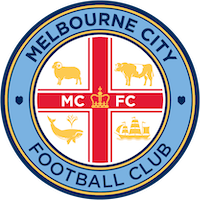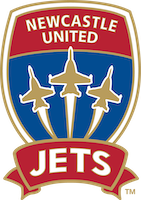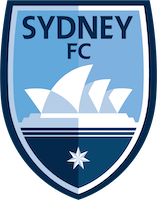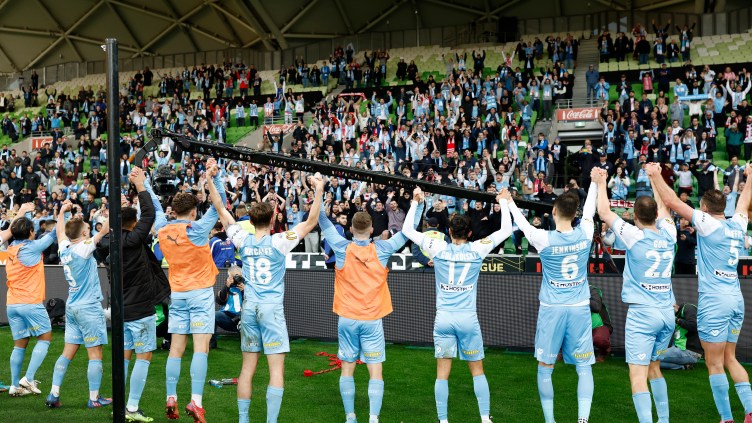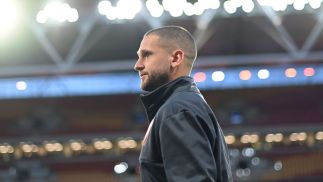In a chat with KEEPUP’s Sacha Pisani, City Football Group’s managing director of Global Football Brian Marwood details Melbourne City’s successful journey, including:
- The club’s evolution to elite development and title winners
- The vision and recruitment strategy in Melbourne
- The bigger picture at CFG
- The united philosophy linking City with the rest of the world
Players stood, shivering, in wheelie bins full of ice outside the training facility at La Trobe University. It’s an infamous sight that highlighted the journey of a fledging A-Leagues club, which initially entered the competition under the guise of Melbourne Heart in 2010.
The makeshift ice baths were stationed outside the dressing rooms on the outskirts of the university’s playing fields in Bundoora. There were no proper baths. Players had to open bags of ice, dump them into the bins and jump in for their recovery treatment.

It seems a world away from where Melbourne City are at now.
With a new identity and new vision, Melbourne City are part of the successful City Football Group (CFG), headlined by Premier League champions Manchester City. Under the expansive CFG umbrella – with teams in the United States, India, Japan, Spain, Uruguay, China, Belgium, France and Italy – and boasting elite training facilities at Casey Fields, the Melbourne club is flourishing on and off the field.
Since CFG’s takeover in 2014, City’s men’s team have gone on to win their first Championship and back-to-back Premierships. This season, they just missed out on becoming the first side in ALM history to claim consecutive Premiership-Championship doubles following a Grand Final defeat to Western United.
With three Grand Final appearances in three seasons, City – who have also won the Australia Cup – have set a benchmark with their consistency in the Isuzu UTE A-League.
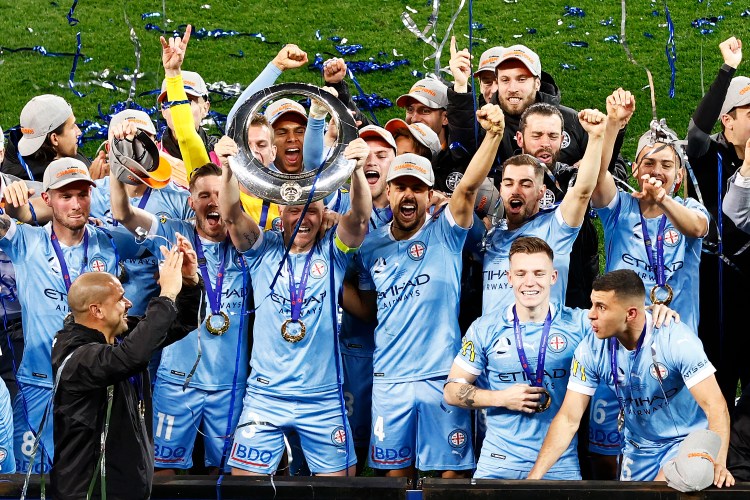
Their women’s team have also been a dominant force in the A-League Women, with four Championships since 2016 establishing a standard in the competition.
As a collective, the ALM and ALW sides combined to win the first “Club Championship” – introduced in 2021-22 by the Australian Professional Leagues for the best performers across both the Isuzu UTE A-League and Liberty A-League.
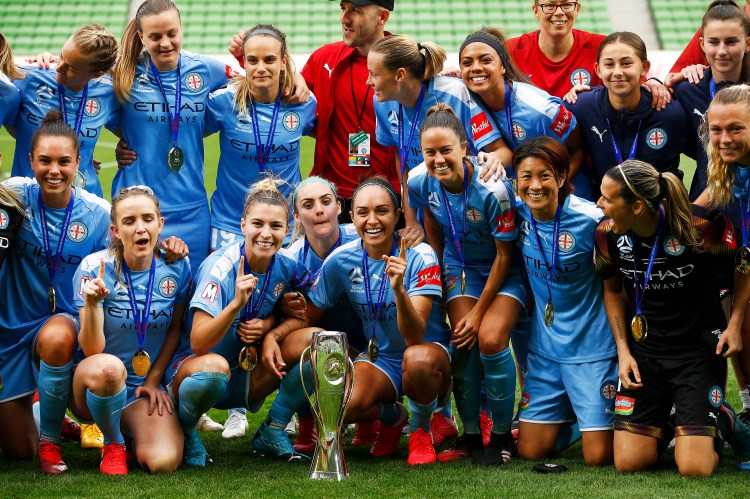
City Football Group’s managing director of global football, Brian Marwood, spoke to KEEPUP about the Melbourne club’s road to success.
“It has taken a little bit of time and we have learnt a lot,” Marwood told KEEPUP. “This was a club that was, at the time, the second club in Melbourne.
“It was a very young club. It was fair to say it was in and around the bottom of the A-League Men. We knew that when we took over we had a lot of work to do.
“It wasn’t just with the first team, it was facilities, it was people, it was building up the academy, it was developing multi areas of the club because it was so new.
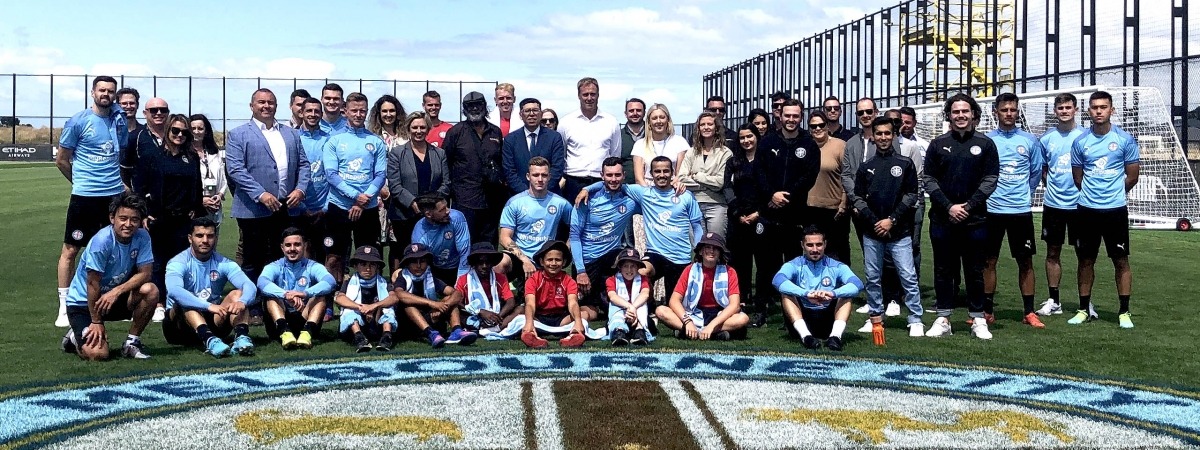
“I think as time has gone on, we have done that and we have worked very hard with the first team and the academy. We are very proud that the last few years have been particularly successful.”
Significant investment has gone into developing coaches, players, youth and staff at Melbourne City.
Former captain Patrick Kisnorbo is the perfect example. Following his retirement, the former Australia defender was named assistant youth coach to Joe Palatsides at City, while he was also assistant coach for the ALW team.
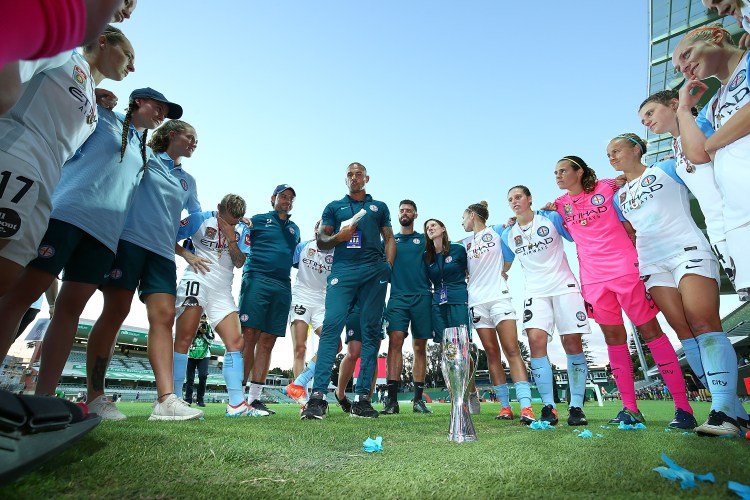
In 2017, Kisnorbo – a hard-nosed defender in his playing days – took the reins of the women’s side and guided City to the ALW Championship in 2018. Afterwards, he was appointed assistant coach of the men’s team, replaced by Rado Vidosic.
Since replacing Erick Mombaerts as head coach of the men’s side in 2020, Kisnorbo has delivered an historic Isuzu UTE A-League crown and consecutive Premiers Plate during a dominant spell at City, who also featured in the AFC Champions League for the first time.
“We have developed within the group a young coach and our former captain of the team, Patrick Kisnorbo who has now won the Premiers Plate last year, won the league this year,” Marwood said.
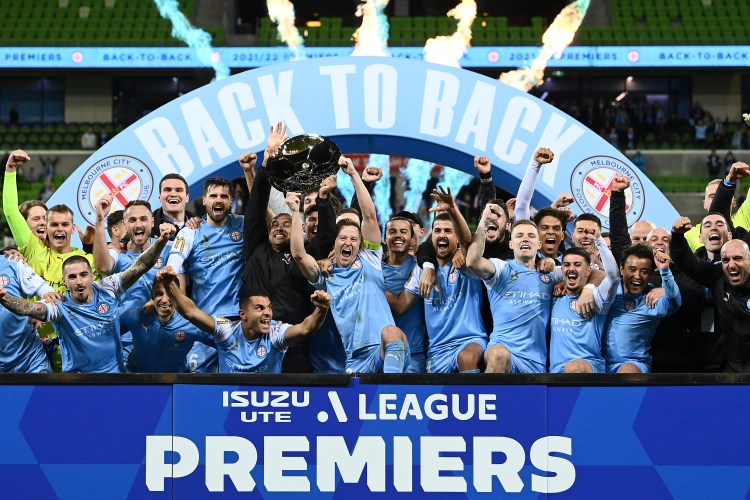
“It has been great to see how he has developed. Other staff at the club, which there are many, have also developed and we spend a lot of time and work in their development.
“We are very proud with what we have done in the academy and how that is beginning to show signs of how that can work through into the first team.”
The City evolution
City have set a benchmark after their Heart days. In the season before the CFG’s takeover, the club finished 10th and bottom of the A-League Men table.
This was a team captained by Harry Kewell and featured Kisnorbo, Massimo Murdocca, Stefan Mauk, Ben Garuccio, Jason Hoffman, David Williams, Orlando Engelaar and the ‘Maltese Messi’ – Michael Mifsud, who endured an ill-fated and brief spell in Melbourne.
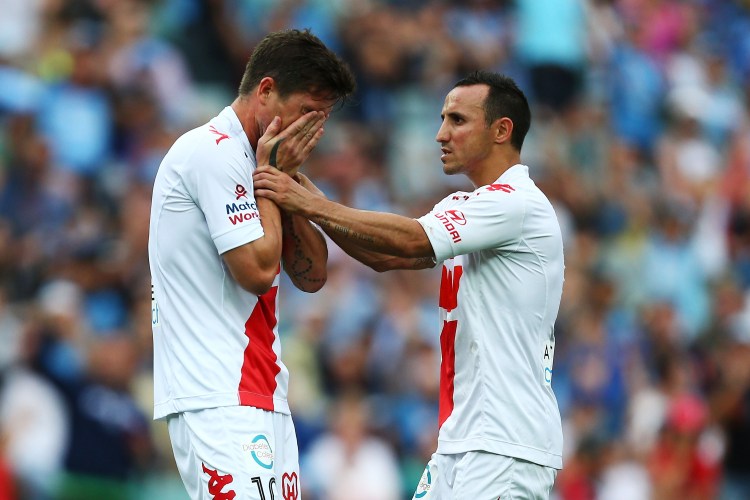
The CFG era signalled immediate improvement – the arrival of Aaron Mooy, Damien Duff, Robert Koren and Harry Novillo helped catapult City into the finals, while David Villa’s guest stint provided a sugar hit of two goals in four matches.
City haven’t missed the finals since joining the CFG family – a Championship, a pair of Premierships and two runners-up appearances the highlight for ever-evolving club.
But there is no time to sit still.

“Like all of our clubs, you never rest on your laurels and you never think for one moment that it comes automatically as it doesn’t,” said Marwood.
“You have to work at it every day, you have to sense when you feel that there is any complacency, or people are losing motivation. You have to continually keep very close to it and I think that we do that.
“We work very well with Patrick, Michael Petrillo and all of his team, a fantastic group of people. The coaching staff are really good in the first team through to the academy, the women’s team have had a lot of success as well.
“But we also know that we have set a benchmark that we cannot drop below and we need to make sure we maintain those standards every year because we know we are going to be challenged.
“We used to be the hunter and now we are the hunted. It is a different dynamic and so to stay in and around the top takes a lot of work, smart thinking and changes, but also to keep improving on everything that we are doing and that is something we will continue to do.”
The Melbourne vision
CFG’s investment in an A-Leagues club had tails wagging and fans drawing up their list of dream marquees.
After all, this was an organisation with serious financial power and had secured the signing of former Spain, Barcelona and Atletico Madrid forward Villa for New York City’s inaugural MLS season in 2015.
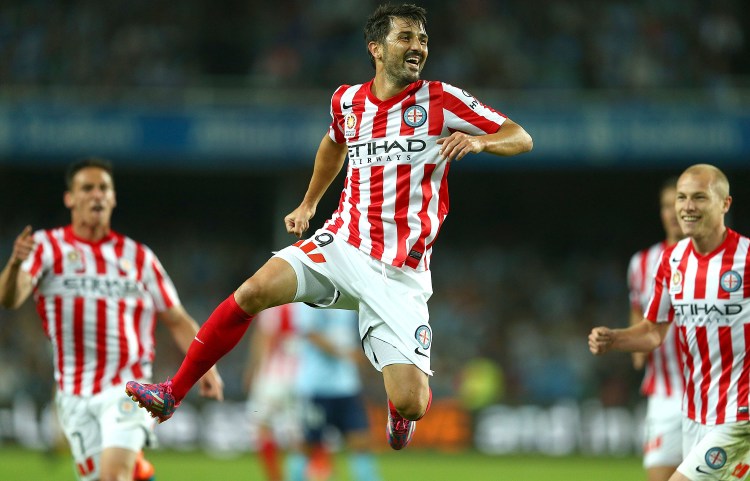
While the team awaited the MLS to start, Villa was loaned to sister club Melbourne City – the first show-stopping name to touch down in Melbourne upon the CFG’s takeover. In what was meant to be a 10-game guest stint turned out to be just four appearances in the ALM.
However, it was – in fans eyes – supposed to be the standard of marquee wanted at AAMI Park. Frank Lampard was heavily linked in 2014 but the Chelsea legend ended up in New York, just like Italy superstar Andrea Pirlo.
In 2014-15, Melbourne City recruited ex-Slovenia midfielder and former West Brom and Hull City star Koren as their first international marquee of the CFG era.
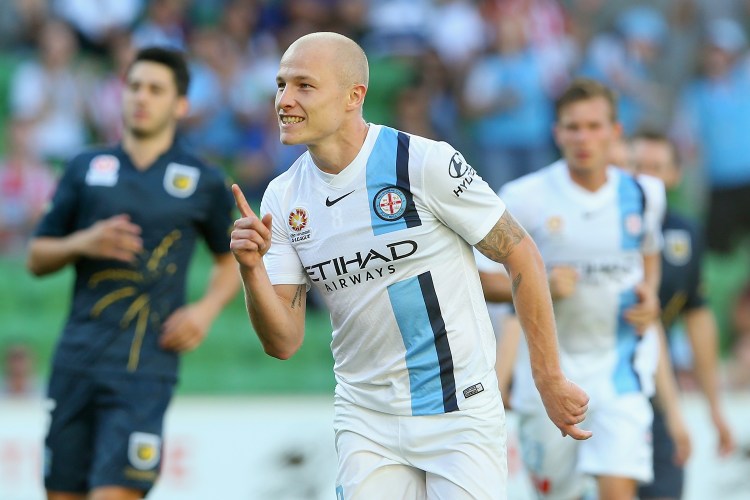
City also brought in former Chelsea winger Duff but it was Mooy who signalled the strategy of CFG. Prised from ALM rivals Western Sydney Wanderers, the Socceroo was swiftly snapped up parent club Manchester City and then sold on to Huddersfield Town for in excess of £8million.
Australia international Jamie Maclaren has scored for fun since arriving at City – winning three consecutive Golden Boots – while Mathew Leckie has provided star quality after a solid career in the Bundesliga.
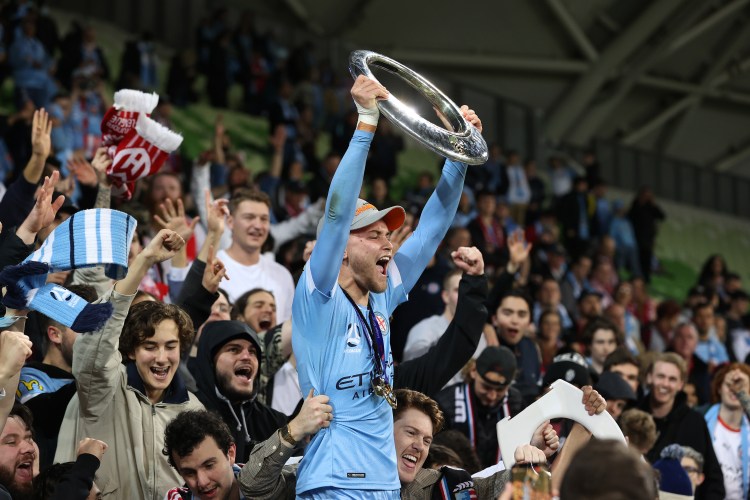
But it’s the development and sales of local talent shaping City in Melbourne. Nathaniel Atkinson – the Joe Marston Medallist in 2021 – has established himself at Hearts in Scotland, while fellow Socceroo Connor Metcalfe is bound for St Pauli in the German second tier. Both came through the club’s youth team.
There was also Daniel Arzani, who swiftly announced himself at City before being lured to Manchester in 2018.
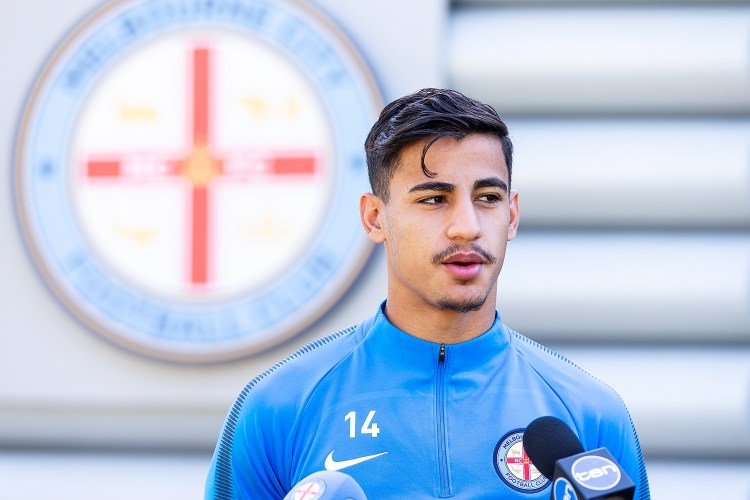
“You have to get the right people to come into your club at the right stage of their career. You need to get the right personality, the right character and also the right quality on the pitch,” Marwood said on the CFG’s different recruitment strategies across the globe.
“But I think we are comfortable now and I feel like we can also recruit very good players without them necessarily being a category of a Pirlo, a Villa or a Lampard, [like at New York City].
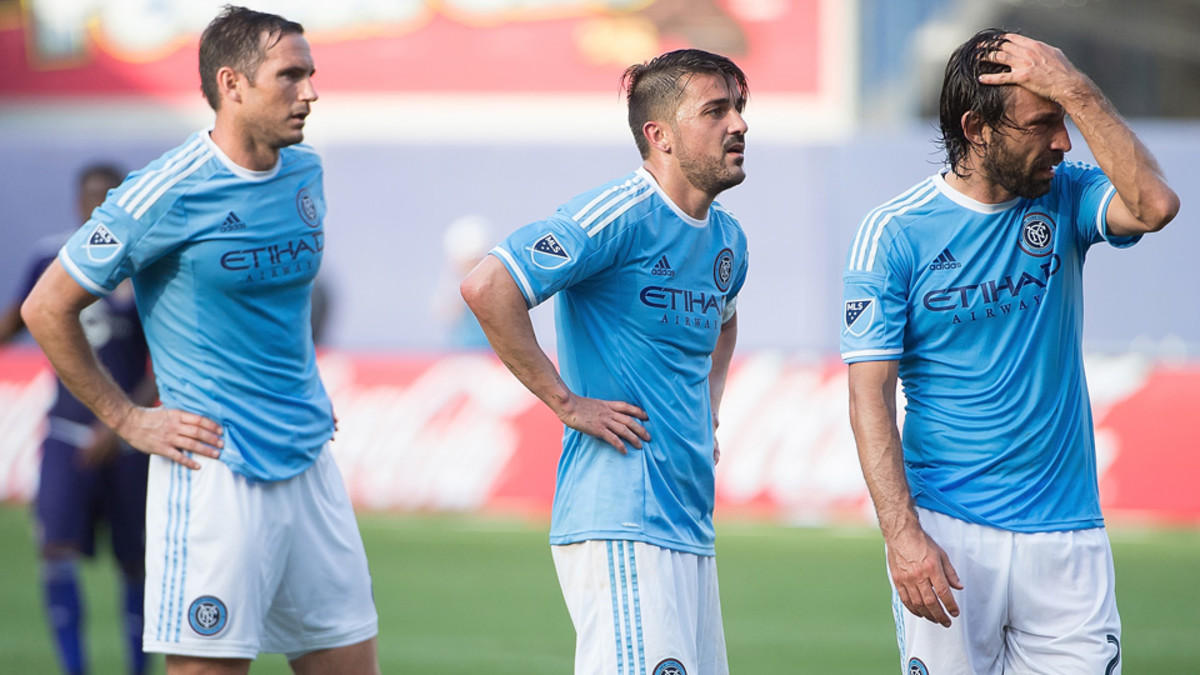
“We are very proud of our scouting recruitment network that continually gives us access to players from around the world. We have been able to put good teams together without necessarily putting so called marquee players of that nature within the groups.
“Saying that, if I look at Melbourne, people like Jamie Maclaren and Mathew Leckie have played at a very good level in Europe and they have gone back and are classed as marquee players, but they have done a fantastic job for us.
“I think it is just understanding what you need and require and a lot of these marquee signings, you don’t want them to just be a status signing on paper.
“They have to produce the quality both on and off the pitch and I think we have been very fortunate in the sense that in general we have recruited well over the years.”
The bigger picture
Melbourne City form part of an expansive CFG portfolio, with Manchester City the flagship team but there’s also New York City (USA), Montevideo City Torque (Uruguay), Lommel S.K. (Belgium), Mumbai City (India), Girona (Spain), Sichuan Jiuniu (China), Yokohama F.Marinos (Japan), Troyes (France) and now historic Italian club Palermo, who just earned promotion to Serie B.
CFG’s reach is far and wide, and they’ve come a long way since its foundation in 2013, five years after the Abu Dhabi United Group purchased Manchester City.
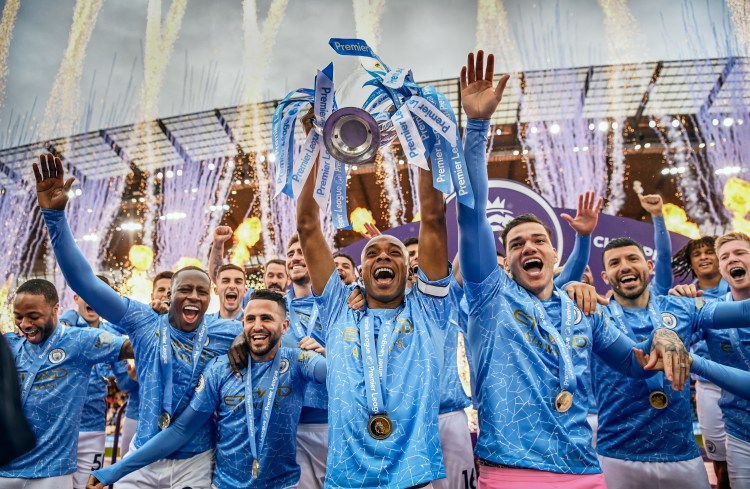
“It is probably wrong for us to say it is unique because there are other people out there doing this kind of thing,” Marwood said. “I think the one thing that maybe tells us apart from the others is the size of the scale of our operation.
“To have as many clubs as we have is probably unique in that sense, but the concept of having multi club ownership is there and is fairly evident. You can see around Europe that it seems to be happening more and more.
“I think that it is something we started in 2013 and we have grown and developed the concept.”
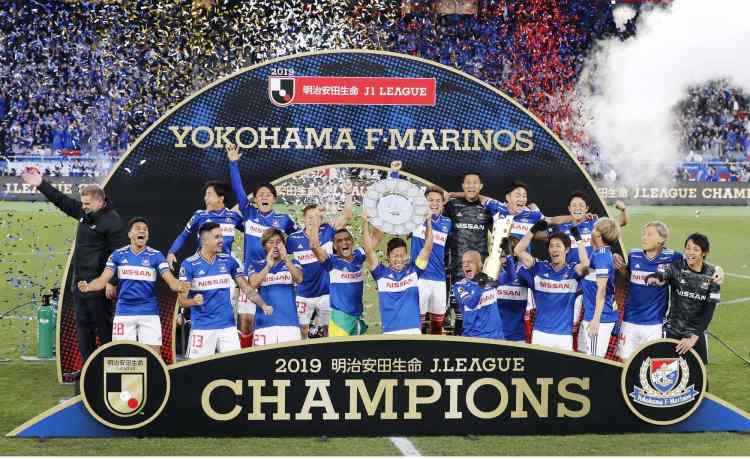
A global entity, CFG are now enjoying success not just in Manchester but across the world.
While Pep Guardiola’s City have won back-to-back Premier Leagues and three of the last four – to go with six in total since the change of ownership – it’s abroad where CFG are leaving its mark.
First there were Yokohama F.Marinos. Under Ange Postecoglou, the historic Japanese club ended their 14-year drought in 2019. Then Mumbai City FC, who celebrated their first Indian Super League title in 2020-21.
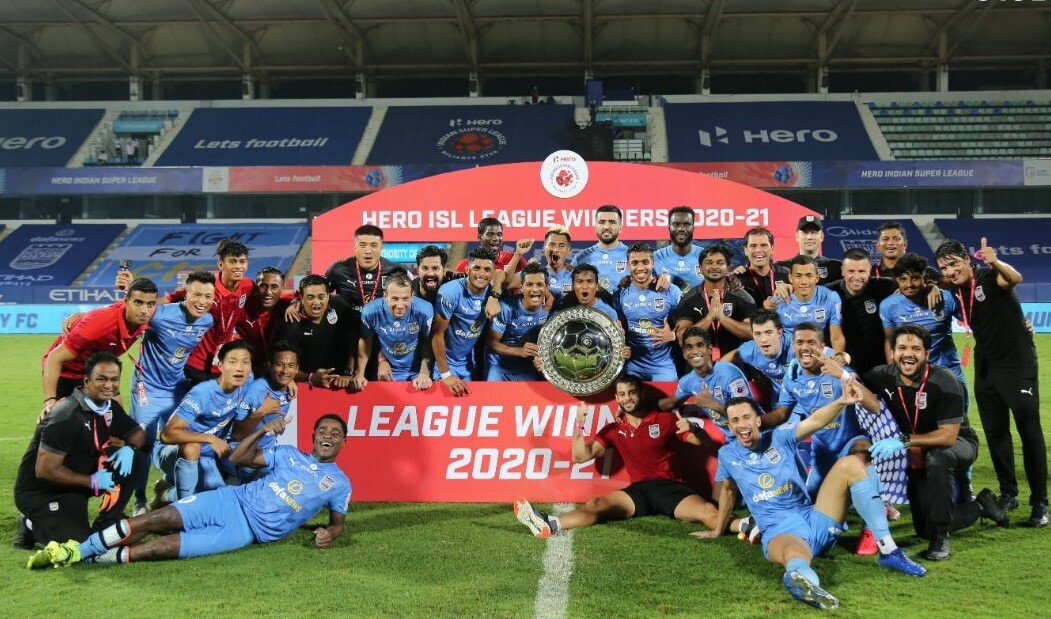
Melbourne City won the A-League Men Championship that same season, while New York City conquered MLS for the first time in 2021.
But the success hasn’t come as a surprise to Marwood and CFG.
“When I first started with the project it was really only just Manchester City. We had a lot less employees and it was a much smaller organisation. We have grown now to a world organisation that has offices in multiple countries around the world. It has grown enormously.

“I think, like any businesses, you make mistakes along the way. But I think we have always been very honest, very truthful with ourselves and tried to understand why those mistakes have maybe happened and learnt from them.
“It has been fascinating to go into so many parts of the world and experience so many difficult cultures and try to create so many successful outcomes. I think we are very proud of what we have created to date and clearly there are plans to grow further.”
The united philosophy and key to success
When you watch Guardiola’s team play, his vision and methodology is clear to see.
An entertaining and possession-based brand of football. It’s a philosophy shared and implemented throughout CFG.
Postecoglou was a prime example of it with his attacking brand of football during his time at F.Marinos.
It’s that consistency, whether it is Patrick Kisnorbo in Melbourne, Ronny Deila in New York or Des Buckingham in Mumbai, that is shaping the project.
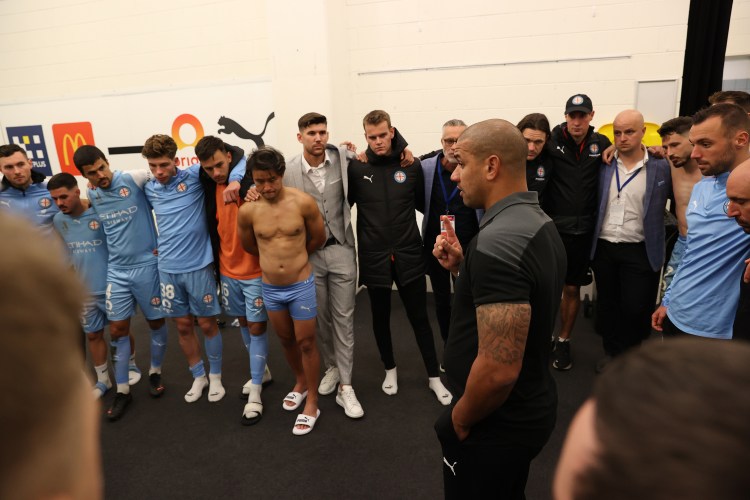
“I think we work very well in the sense of both local and global collaborations to create successful outcomes,” Marwood added.
“When I say that, I think all of our clubs have a local operation, but we have a global, central organisation that supplies the methodology, the advice, the guidance to all of these clubs. We try and keep a form of consistency across all of the clubs which I think is one of our biggest successes.
“One of the ways that is played out is the style of football. If you are watching any of our teams you should, very quickly, get a sense of the identity and which team that group belongs to.
“We try and maintain that as a cornerstone of what we do. That is only one of multiple things that we try and do. We try and keep that consistency and understanding of ‘that is our identity and that is what we want to be’. But also respecting the local culture that we are in and obviously the players that we have and the budgets that we have to work with.
“They are all factors that come into our thinking. We are working
with 11 clubs around the world and we have learnt a huge amount during that time since 2013.
“I think we are in a much, much better position because we have learnt a lot and made some mistakes along in way. In general, I think we are in a pretty good position with all of our clubs.”
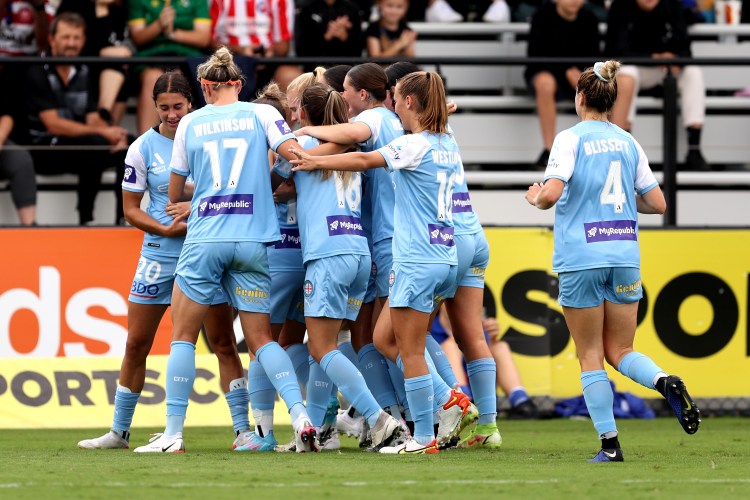
For all the silverware filtering through CFG, it’s not necessarily the key barometer of success.
Take a look at Troyes in Ligue 1. Their first season back in France’s top flight after three campaigns in Ligue 2 saw them avoid relegation, finishing 15th.
This with a squad boasting 15 players aged 25 or younger.
Marwood added: “I think in any operation, top to bottom, you need a good strategy, a vision, an understanding of what you are trying to become.
“Certainly, all of our clubs have different meanings. There are some clubs where you judge their success by their trophies, other clubs you judge success maybe by the development of young players. There are different metrics. The obvious one that people look to are the trophies.
“If I look at our club in France, Troyes, we can’t measure them on winning the French first division. What we can measure them on is staying in Ligue 1 and giving an opportunity to young, quality players.
“That is what we have done there and we are very proud that we stayed in Ligue 1 season in our first year back. I think that in itself is a huge achievement. But to also give an opportunity to so many young players this year has also been very satisfying.
“They all have their subtle difference, but we are very clear in terms of what we want them to be and what we are trying to create. These things take time. I look back to when we first started this in 2013 when we started the multi club opportunity.
“I look at Melbourne and New York which were the first two really that we got involved in and we are now 2022 so we are less than
10 years, but they are now winning trophies, they are now very consistent, they have a very good structure in place to work from, a really strong base and fantastic people at both clubs.
“These things take time to build and I think we are very proud of all of our clubs.”

